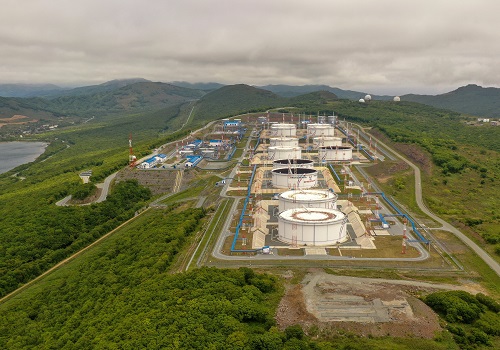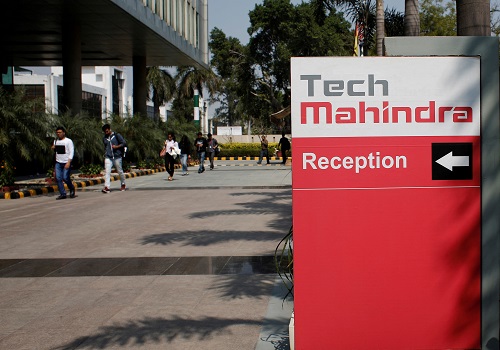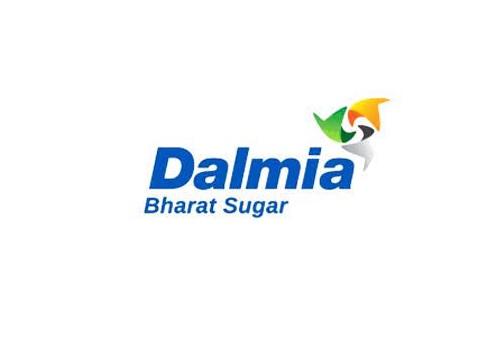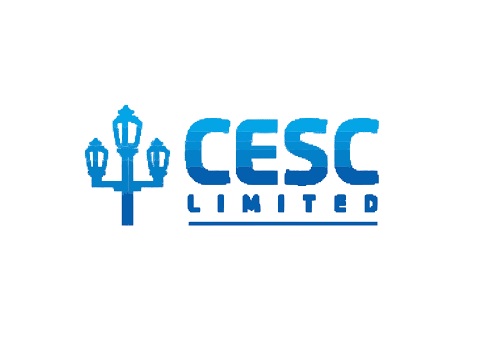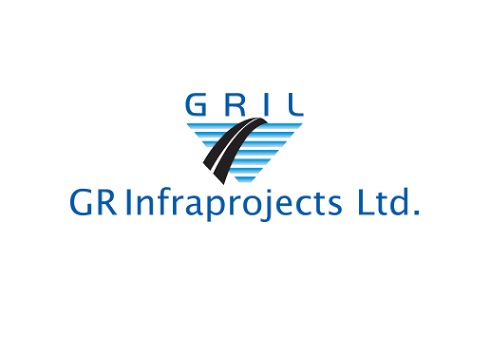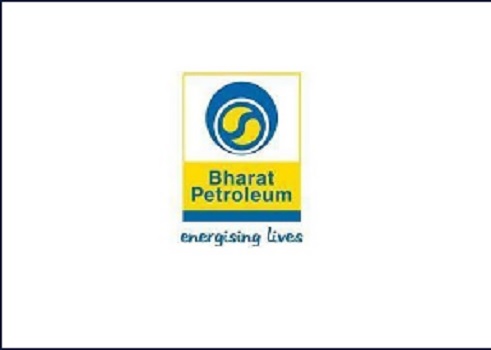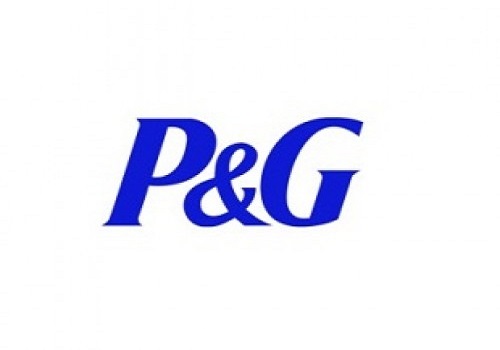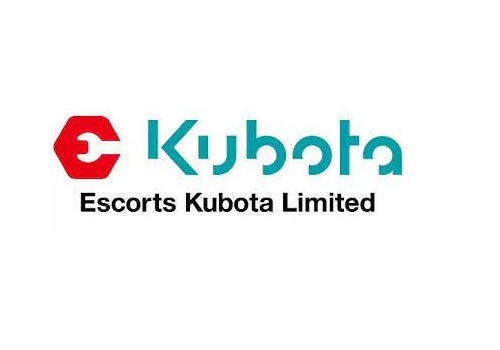Buy PI Industries Ltd For Target Rs. 3,575 - JM Financial

Follow us Now on Telegram ! Get daily 10 - 12 important updates on Business, Finance and Investment. Join our Telegram Channel
Investors have become cautious against earnings wonders created by one product, as seen in the case of Divi’s and Laurus. PI’s dependence on pyroxasulfone is, thus, increasingly under the spotlight. However, we think the comparison is misplaced. We believe that the sun has not yet set on PI’s pyroxasulfone given i) PI’s pyroxasulfone is a case of structural growth whereas Divi’s and Laurus’ molecules were opportunistic, and ii) pyroxasulfone’s usage is rising due to its effectiveness. Moreover, even if pyroxasulfone’s price halves from current levels due to it going off patent in several regions, its sales could peak in the next 3-4 years. Hence, even in such a scenario, we believe PI has enough ammunition to tackle the peak of pyroxasulfone and is unlikely to suffer the same fate as Divi’s and Laurus. We had earlier indicated (click here and here) how PI could deliver its ~18-20% promised growth rate. We estimate an EPS CAGR of ~17% over FY23-25E and maintain BUY with a Mar’24 TP of INR 3,575/share.
Divi’s Molnupiravir and Laurus’ Paxlovid molecules were opportunistic…: Divi’s received the Molnupiravir (for treatment of Covid) contract from Merck while Laurus received the Paxlovid (for Covid) contract from Pfizer. For this, Divi’s incurred a capex of INR 4.5bn while Laurus spent ~INR INR 5.0bn (not explicitly mentioned; could be for usual synthesis as well). Within no time, Divi’s Molunpiravir sales jumped to roughly USD 225mn in FY22 while Laurus registered roughly USD 175mn in Paxlovid sales in 9MFY23. However, as on the date of this report, sales of both these molecules have become negligible, leaving both Divi’s and Laurus stranded in terms of their topline. Achieving similar sales numbers with their non-Covid molecules may take several years for both of them. Consequently, both companies have faced earnings downgrades and valuation cuts.
while PI’s pyroxasulfone is structural: In contrast, as per our calculations, PI’s pyroxasulfone revenue is likely to contribute ~47-50% of total CSM revenue or ~35-38% of overall revenue in FY23; in FY18, it was ~35-37% of CSM revenue or ~20-22% of overall revenue. We agree that this not only demonstrates structural growth of pyraxosulfone but also raises the product concentration risk for PI. Hence, it has become imperative for PI to reduce this concentration risk as early as possible
Pyroxasulfone usage is rising due to its effectiveness: Based on several studies, pyroxasulfone is turning out to be more effective than existing herbicides such as s-metolachlor or sulfentrazone plus metribuzin. It has also proven to be effective against glyphosate-resistant crops. Hence, its usage is only going to rise in future. Currently, based on our calculations, arable land covered by it comes out to be around 40mn hectares (basis 100gm active ingredient/hectare usage, and global active ingredient sales of around 4,000 MT). Even if we consider its incremental application on Brazil’s 30% and US’s 15% arable land, the result is an incremental 2,000MT usage in Brazil and 1,000-1,500MT usage in the US. In our view, this is why Kumiai (pyroxasulfone’s innovator) is expecting pyroxasulfone’s growth to be ~34% in CY23. We believe that pyroxasulfone’s sales could double from current levels over the next 4 years
To Read Complete Report & Disclaimer Click Here
https://secure.icicidirect.com/Content/StaticData/Disclaimer.html
Above views are of the author and not of the website kindly read disclaimer












 320-x-100_uti_gold.jpg" alt="Advertisement">
320-x-100_uti_gold.jpg" alt="Advertisement">

